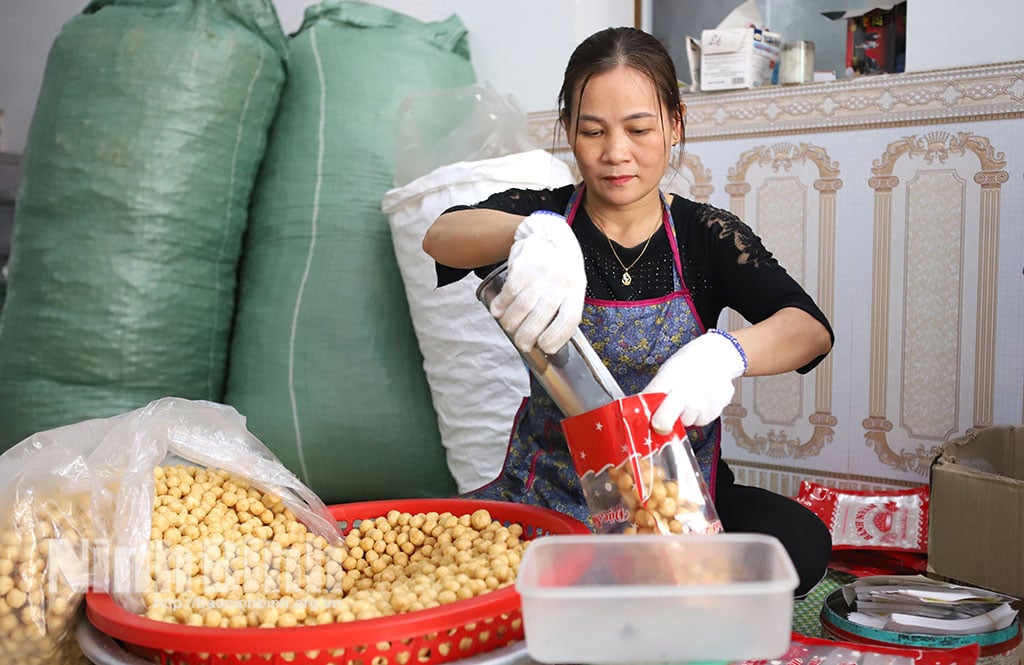
Amidst the hustle and bustle of the industrial age and modern cuisine , longan cake - a rustic, simple gift from Hai Hau land still retains its own flavor in each grain of flour, sweetness, and aroma. Through each small, round, crispy cake are stories about diligent hands, about rice culture, about the sustainable development of a traditional profession amidst the changes of modern life.
According to local elders, the profession of making longan cakes dates back to the late 19th and early 20th centuries ( around 1880-1900 ) , when the French colonialists began to occupy our country . At that time, this was a handmade cake made for holidays , Tet, weddings or to offer to ancestors. The name "longan cake" is a folk name due to the round, golden shape of the cake after frying, resembling a ripe longan fruit, a name that is rustic and easy to remember.
In the past, all the steps from washing rice, grinding flour to mixing eggs, kneading dough, shaping cakes and frying were done by hand, meticulously. Nowadays, with the support of machines, many difficult steps have been supported by machines.
Ms. Vu Thi Hien, a famous longan cake maker in the area, said: To develop the old profession, Ms. Hien's family, as well as many other families in the area, have invested in modern machinery such as: grinding flour, stirring flour, rolling longan cakes; manual ovens using coal and firewood have also been replaced by other fuels such as gas and electricity. With the support of machinery, the cake-making productivity of households has increased significantly. A fairly large-scale cake maker like Ms. Hien's can produce and sell up to 2 tons of longan cakes/month, peaking in the months before Tet when they can sell 5 tons. The cakes are currently exported to many provinces and cities in the country with prices ranging from 60-110 thousand VND/kg, depending on the type.
Making longan cakes has helped hundreds of households in Hai Hau have jobs all year round. The process starts with choosing the ingredients. The ingredients to make this sweet, fragrant cake are very simple, most of which are found in the daily food and drink of the people: chicken eggs, sugar, yellow sticky rice flour, lard. The most "valuable" thing that determines the deliciousness and aroma of longan cakes is yellow sticky rice and chicken eggs. "To make longan cakes, it is necessary to choose yellow sticky rice to grind the flour. And it must be a long-term rice variety grown on the fertile, alluvial fields of our Hai Hau", Ms. Hien shared. The rice will be washed, soaked for 6-8 hours, then ground into a liquid powder, pressed dry and mixed with chicken eggs. The sticky rice flour is kneaded with beaten chicken eggs in a ratio of 1kg of rice and 1.2kg of eggs (about 20-23 eggs) to create adhesion and a beautiful yellow color. After kneading thoroughly, the baker will shape the dough into small balls the size of the tip of the little finger. Frying the cakes is the most difficult step, requiring the most experience.
While carefully taking the cakes out of the large pan of oil, Ms. Hien said: “The heat must be moderate, the oil must boil evenly, and each batch must not be fried quickly. If the cakes are too old, they will be hard, and if they are too young, they will not be crispy. If you do not stir the cakes carefully, they will break, become distorted, and cannot be sold.” Then comes the “sugar swap” step. The sugar is dissolved in water, put on the stove to boil until the sugar water thickens, then add the cakes and stir evenly, quickly so that the cakes do not stick together, when drained, each cake is covered with a layer of sugar water. The batch of cakes is golden yellow, and the rich aroma spreads throughout the kitchen. Next, the workers dry the cakes until they are completely cool so that they can be preserved for a long time and do not become soggy, then pack them into bags of different sizes and label the products. The crispy, spongy, sweet, and fragrant taste of eggs and sticky rice in the longan cakes has conquered many consumers, from urban to rural areas.
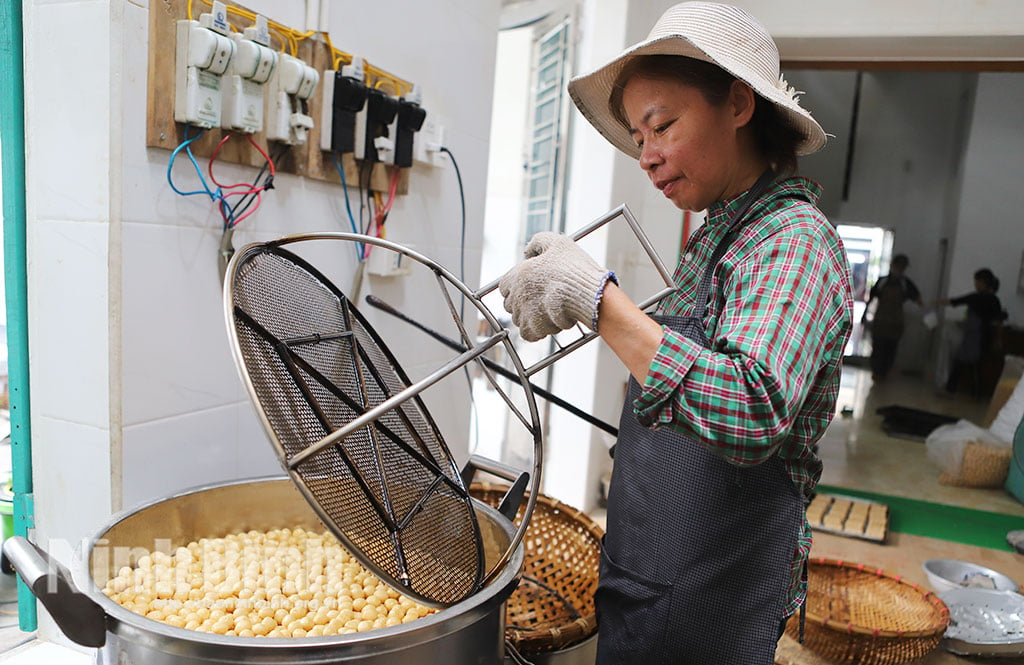
In 2023, Hai Hau longan cake was honored as one of the typical rural agricultural products of Nam Dinh province (old). This is not only a source of pride, but also a motivation for the people here to strive to innovate and adapt to market trends.
“Longan cakes are small, but each cake is a part of the memory and dream of those who live off the profession left by our ancestors like us. We hope that one day soon, longan cakes will be available in large supermarkets, becoming a gift with Vietnamese identity for domestic and foreign tourists,” Ms. Hien shared her simple dream. To achieve that, craftsmen like her still persistently preserve the old flavor from their skillful hands to their love for the profession.
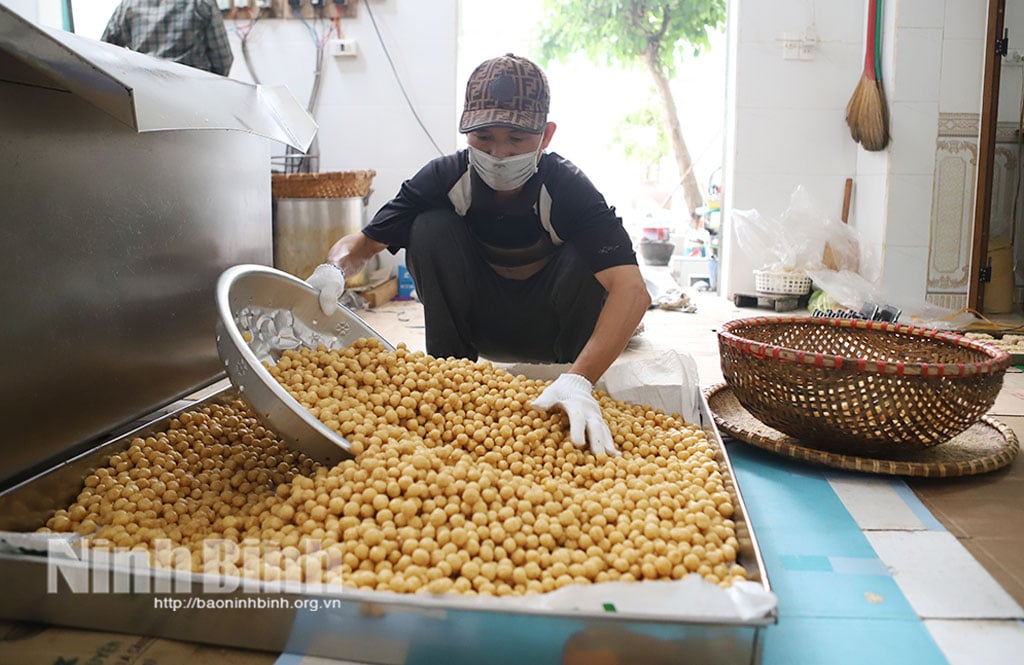
The worker takes the longan cake out to dry until it cools down so that the cake can be preserved for a long time and not become soggy.
We left Hai Hau when the sun was slowly dropping its weak rays in the west. On the bus ride home, I nibbled on some longan cakes to bring back as souvenirs. The crunchy, slightly sweet taste on the tip of my tongue made me feel like I could hear my grandmother’s lullaby, my mother’s laughter, and the joyful cries of children. In those small cakes, it turned out to be a whole realm of simple, sincere, and strangely warm memories.
In the era of technology and fast food, there are still traditional craft villages that have endured. And Hai Hau longan cake, with its simple name and pure flavor, is worthy of representing a sincere gift from the countryside, containing a whole region of Northern rural culture.
Source: https://baoninhbinh.org.vn/gion-thom-banh-nhan-hai-hau-255634.htm


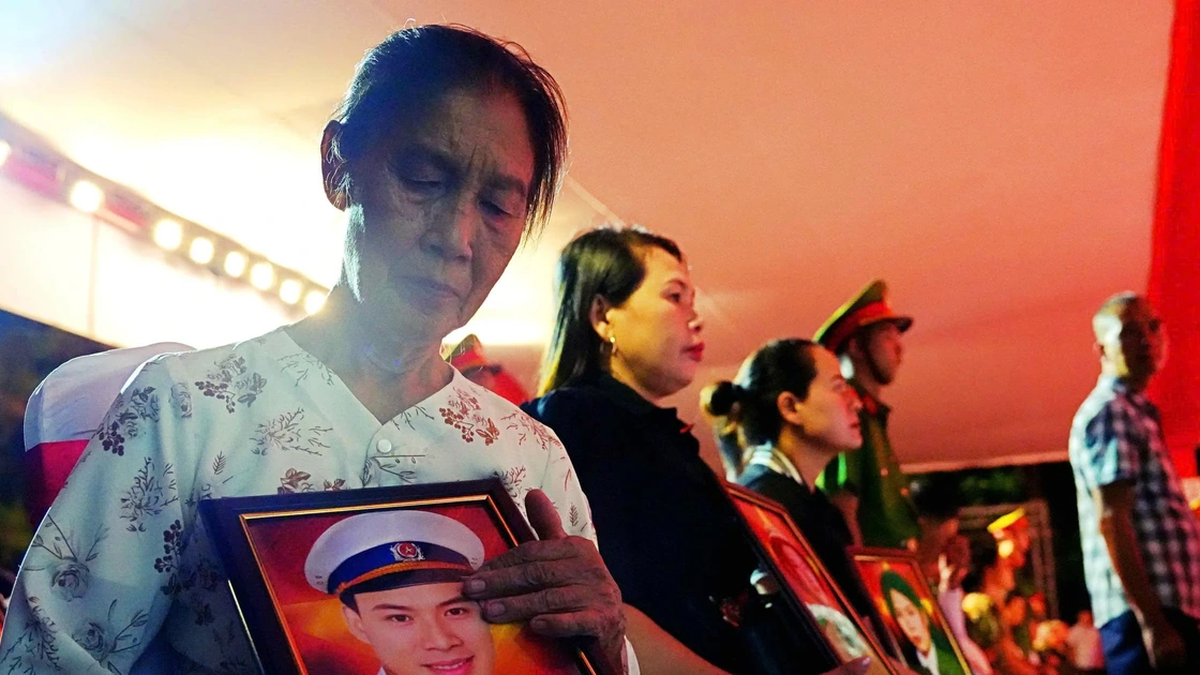
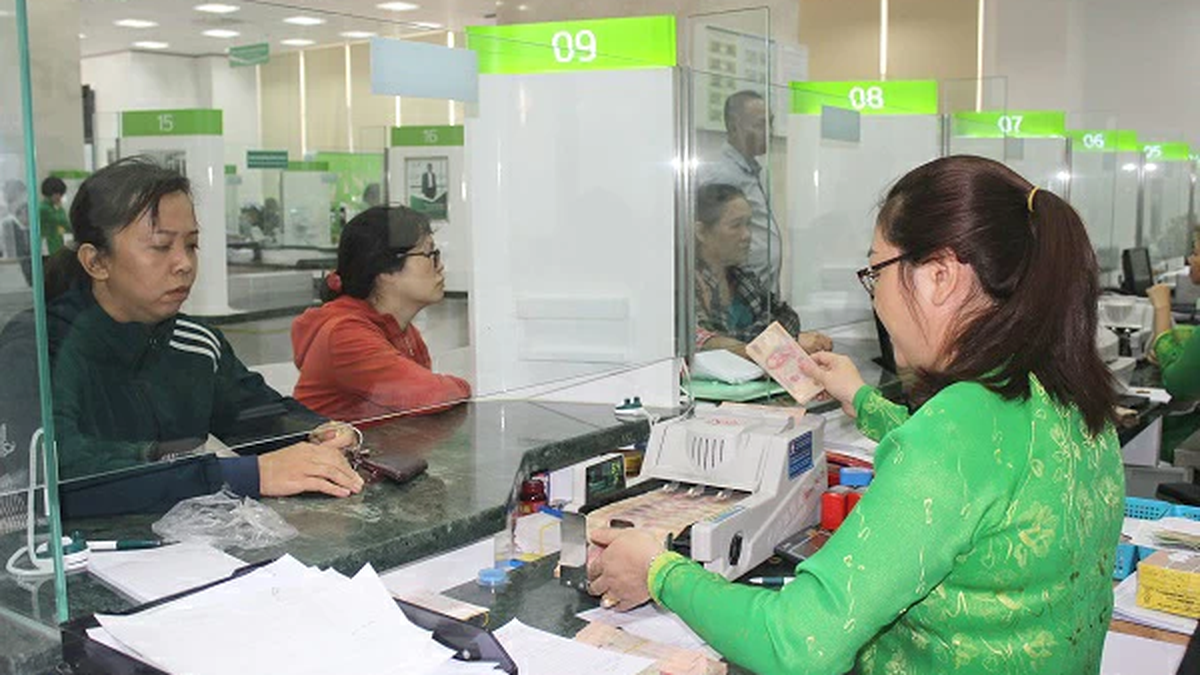




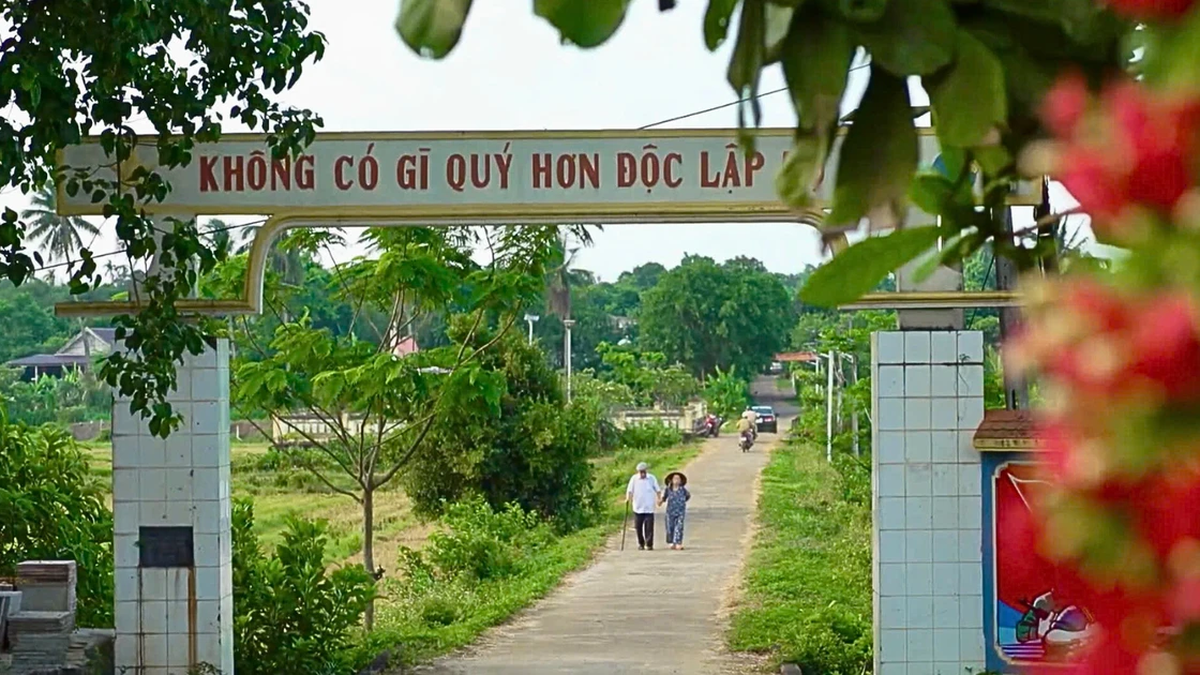
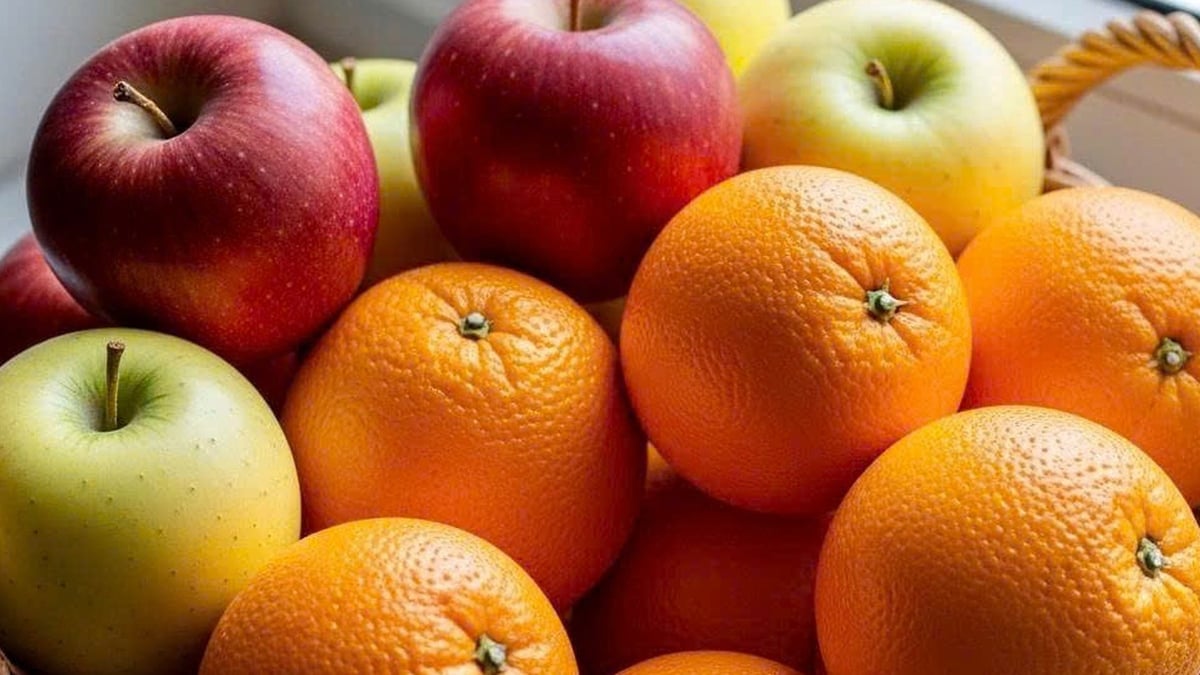

























































































Comment (0)